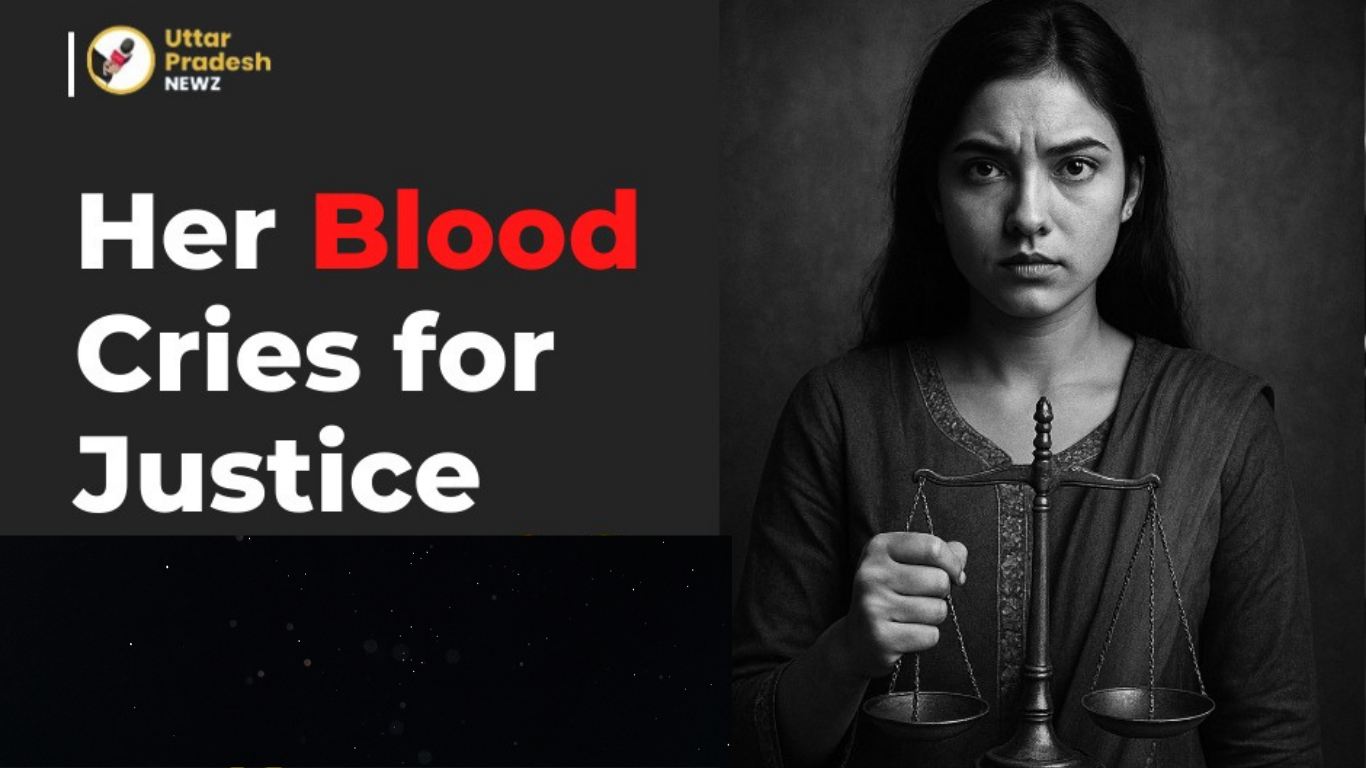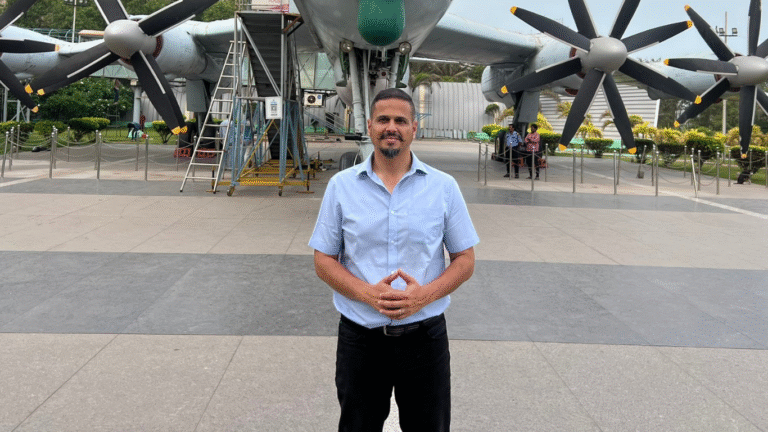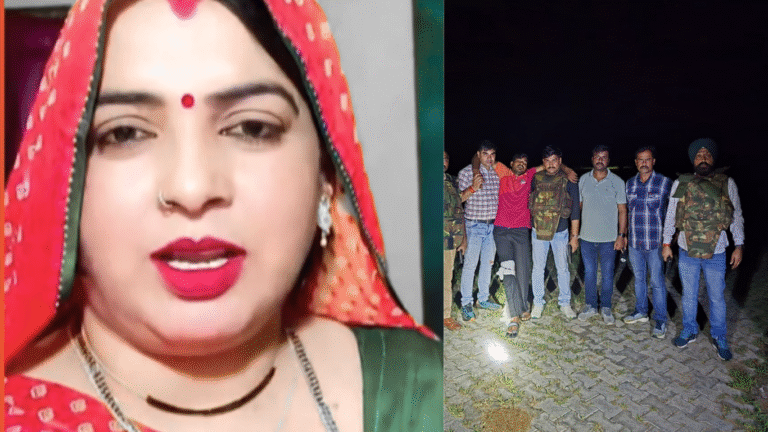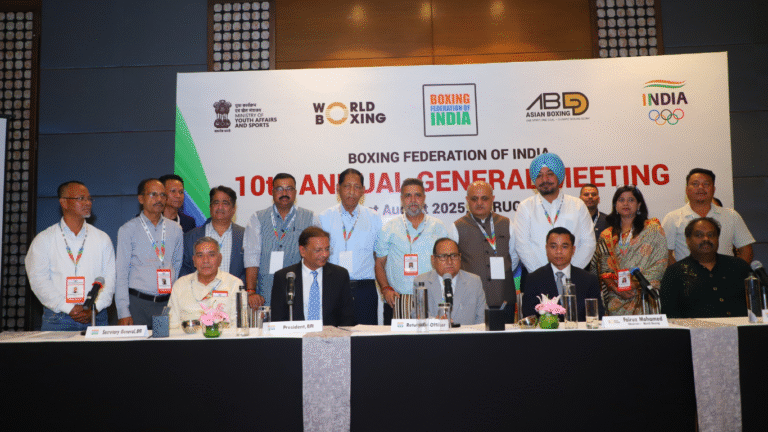
Bhiwani, Haryana, August 19, 2025: In the latest developments in the Manisha murder case from Haryana, both the post-mortem and viscera reports have been released, revealing a shocking twist that has deepened the controversy. The third post-mortem, conducted at PGIMS Rohtak, concluded that the 19-year-old teacher died from consuming pesticide, with no evidence of rape, as confirmed by the absence of semen, acid, or other chemicals on her body, injuries like scratches on her eyes and a 29 mm deep wound on her neck were attributed to animal bites rather than a sharp weapon, and only minor marks were found on her knees. The viscera examination supported this, detecting insecticide ingestion as the cause of death, aligning with police findings of a verified suicide note in her bag, where she expressed feeling like a burden and apologized to her parents, and her purchase of pesticide on August 11. However, Manisha’s family has outright refused to accept these reports, insisting it’s a cover-up for murder given the initial discoveries of her decomposed body with what they describe as a slit throat and burn marks, they demanded a fresh autopsy after the first report, staged sit-ins and highway blockades, while continuing to call for arrests and rejecting the suicide narrative as unbelievable.
Complete Case Timeline:
In Haryana’s Bhiwani district, Dhani Laxman village was shaken by a tragic incident that cut short the dreams of a young woman. Manisha, just 19 years old and working as a playschool teacher, was found dead with her throat slit, sending shockwaves through her community and across the state.
She was known as calm, well-mannered, and eager to learn. While she loved teaching little kids at the local playschool, her ambitions stretched further. She hoped to build a better future for herself, and nursing was her next goal. On August 11, 2025, after finishing her school duties, Manisha set out to a nearby college to inquire about a nursing course. Tragically, it would be her last outing.
When she didn’t return home by evening, her worried family tried calling her. The phone rang, but no one answered. Alarmed, her father rushed to the Loharu police station to file a missing person’s complaint. To the family’s shock, the police allegedly dismissed their concerns, suggesting that she might have “run away” and would return in a couple of days. This casual response later fueled widespread anger.
What began as a missing person’s case soon spiraled into a full-blown crisis. Protests erupted on the streets, her grieving family demanded justice, and political blame games intensified. The case has not only highlighted lapses in law and order but has also raised a haunting question: How safe are daughters in a state that proudly champions the slogan “Beti Bachao, Beti Padhao”?
Two days later, on August 13, a farmer out in the fields near a canal in Singhani village stumbled upon a horrifying sight, Manisha’s body, lying there with her throat slit. The scene was gruesome, some reports even mentioned that parts of her neck looked chewed by animals, and there were questions about whether acid had been used to disfigure her. Police quickly arrived, identified the body, and took it for a post-mortem at the Post Graduate Institute of Medical Sciences (PGIMS) in Rohtak. The initial autopsy report noted a severe wound on the neck but didn’t confirm sexual assault.
The family’s grief turned to fury when they learned about the police’s initial inaction. They refused to accept the body, demanding that the killers be caught first. This standoff at Bhiwani Civil Hospital drew crowds, and soon, extra police were called in to handle the tension. Manisha’s relatives accused the Loharu station officers of negligence, saying that if the police had acted faster, like checking the nursing college right away, maybe she could have been saved.
The investigation kicked off amid this chaos. Police formed six special teams to look into every angle. They visited the nursing college where Manisha was last headed and questioned three men who were there, apparently drunk at the time. The men claimed the college closed early that day and they hadn’t seen her. But suspicions lingered. As days passed without arrests, rumors flew wild. Some whispered about a possible suicide, police mentioned finding a note in her bag and traces of pesticide, suggesting she might have taken her own life. But her family rejected this outright, calling it a cover-up for murder. “This was no suicide, someone killed her,” one relative told reporters, pointing to the brutal nature of the wounds.
To make matters worse, no one has been arrested yet, even six days after the body was found. Police say they’ve rounded up several suspects for questioning and are probing all leads, but there’s no breakthrough. In one twist, forensic experts are examining if acid was involved, and the family has demanded a fresh post-mortem to clear up doubts. Haryana Chief Minister Nayab Singh Saini has stepped in, saying he’s getting updates every minute and promising that no one guilty will escape. But actions speak louder than words. Under pressure, he ordered the transfer of Bhiwani’s Superintendent of Police, Manbir Singh, replacing him with Sumit Kumar. Five other officers were suspended- the Loharu station in-charge Ashok Kumar, Assistant Sub-Inspector Shakuntala, another ASI Anoop Singh from the emergency response team, Constable Pawan, and Special Police Officer Dharmendra. The CM called their handling of the missing complaint a “lapse” that couldn’t be ignored.
This wasn’t enough to calm the storm. Protests erupted like wildfire across Haryana. It started small, with villagers in Singhani and Dhani Laxman shutting shops and blocking roads. By the weekend, it grew bigger. A mahapanchayat (a large community meeting) was held near Dhigawa Mandi on August 16, where hundreds demanded immediate arrests and the death penalty for the killers. The next day, people blocked the Delhi-Pilani highway, bringing traffic to a halt. Markets stayed closed, and families sat on indefinite dharnas (sit-ins) outside police stations.
On August 18, the anger spread to cities like Hisar, Fatehabad, Jind, Dadri, and Jhajjar. Students from colleges and ITIs took to the streets, marching with placards that read “Justice for Manisha” and “Hang the Killers.” In Jind, hundreds gathered at Nehru Park before heading to the district office, shouting slogans against the government. Farmer unions joined in, saying this case shows how empty the state’s women safety campaigns are. “Beti Bachao? They can’t even protect our daughters,” one protester said. The family has been on a dharna in Dhigawa for days, refusing to perform the last rites until justice is served.
To control the situation, the government suspended internet services in Bhiwani and Charkhi Dadri districts from 11 AM on August 19 until the same time on August 21. Officials said it was to stop the spread of rumors, but critics called it an attempt to silence voices. Police also filed FIRs against 10 social media accounts for spreading fake news about the case, which only added fuel to the fire.
Opposition parties are hammering the ruling BJP. Congress leader and former Chief Minister Bhupinder Singh Hooda called for a CBI probe, saying the local police can’t be trusted after their early mistakes. “If they had acted in time, Manisha might still be alive,” he said. His party colleague, Sirsa MP Kumari Selja, went further, calling the murder a “heinous act” that proves law and order has collapsed in Haryana. She dismissed the suspensions and SP transfer as “eyewash” and questioned why arrests are taking so long. The Indian National Lok Dal’s Abhay Singh Chautala echoed this, saying the BJP’s women empowerment slogans are just words, and Haryana has become one of the unsafest states for women.
Even the Aam Aadmi Party jumped in. Leader Anurag Dhanda accused the government of failing to provide security and trying to suppress protests by cutting internet. “Instead of catching criminals, they’re silencing people,” he said. On the BJP side, Cabinet Minister Shruti Choudhry visited the protest site, assuring the family that the CM is personally overseeing the probe. Former BJP minister JP Dalal also met the mahapanchayat, promising justice, but the crowd wasn’t convinced, they want action, not words.
The National Human Rights Commission has taken note, asking the state’s Director General of Police for a detailed report. This adds more pressure on the authorities to deliver. As of today, August 19, the protests show no sign of stopping. Students in Bhiwani blocked the Hansi road again, and more marches are planned. Online, hashtags like #JusticeForManisha are trending, with people sharing stories and demanding accountability. Some posts on social media hint at high-profile involvement or a gang rape, but police haven’t confirmed any of that, in fact, they’ve warned against fake news. The family, still in mourning, has asked for a second autopsy at a different hospital, saying they don’t trust the first one.
This case isn’t just about one young woman; it’s about every daughter in Haryana who steps out to chase her dreams. Manisha wanted to become a nurse, to help others. Instead, her life ended in tragedy, and her death has united people in grief and anger. Will the police crack the case? Will justice come swift and sure? For now, Haryana waits, but the voices on the streets are getting louder. The government has promised results, but time is running out to restore faith.
In a state where women are encouraged to study and work, incidents like this undo years of progress. As one protester put it, “We won’t rest until Manisha gets justice – and neither should the government.”



